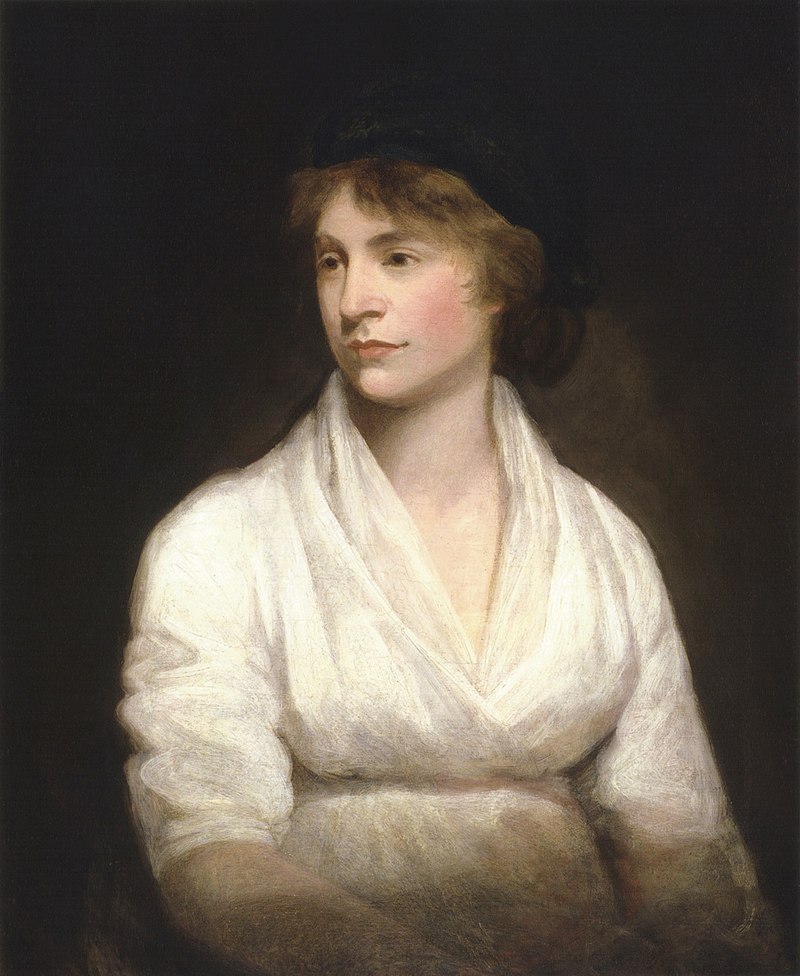Many of us (from an earlier “fairy tale” generation) grew up with stories of the Ugly Duckling, The Emperor’s New Clothes, The Princess and the Pea, Thumbelina and many more. These were originally written by the famous Danish writer Hans Christian Anderson. A prolific writer of plays, travelogues, novels, and poems, he is best remembered for his literary fairy tales which have been translated into more than 125 languages.
Hans Christian Anderson was born on 2 April 1805. Two hundred years later, with the new trends in children’s literature, the author and his genre of children’s literature may not be as well known, or widely read. However his lasting contribution to children’s literature is celebrated by marking his birthday as International Children’s Book Day, to inspire a love of reading and to call attention to children’s books.
Celebrated on April 2every year, this is a day that celebrates children literature in all of its forms and acknowledges the writers which create it. It is an event that is sponsored by the International Board on Books for Young People (IBBY), a non-profit agency that was created in 1952. The organization represents an international network of people from all over the world who are committed to bringing books and children together. In 1967, this body created International Children’s Book Day to promote the six key areas deemed important by them:
To promote international understanding through children’s books; to give children everywhere the opportunity to have access to books with high literary and artistic standards; to encourage the publication and distribution of quality children’s books, especially in developing countries; to provide support and training for those involved with children and children’s literature; to stimulate research and scholarly works in the field of children’s literature, and to protect and uphold the Rights of the Child according to the UN Convention on the Rights of the Child.
Each year a different National Section of IBBY has the opportunity to be the international sponsor of ICBD. It decides upon a theme and invites a prominent author from the host country to write a message to the children of the world and a well-known illustrator to design a poster that sends a message to all the children of the world.
This year IBBY Greece is the official sponsor of the International Day of Children’s Books. The chosen theme is ‘I am a book, read me’. The theme celebrates the power of children’s books in promoting values of equality, diversity and inclusion, as well as connecting people through tolerance and understanding. Greek author Vagelis Iliopoulos and illustrator Photini Stephanidi have collaborated to create a poem and poster that remind us of these messages.

I am a book, read me
I am a book.
You are a book.
We are all books.
My soul is the story I tell.
Every book tells its own story.
We can look quite different –
some big, some small,
some colourful, some black and white,
some with a few pages, some with many.
We may say similar or completely different things,
but that’s our beauty.
It would be boring to be all the same.
Each of us is unique.
And each of us has the right to be respected,
to be read without prejudice,
to be given space in your library.
You may have opinions about me.
You may choose to question or comment on what you read.
You can put me back in the library
or hold me close and travel with me a long way.
But never let someone throw me away
or send me to another shelf.
Never ask for my destruction, nor allow anyone else to do.
And if a book ever comes from another shelf,
because someone or something drove it away,
make room.
It fits next to you.
Try to feel as it feels.
Understand it. Protect it.
You may be in its place tomorrow.
Because you are a book too.
We all are books.
Come on, say it loud so everyone can hear you.
“I am a book, read me.”
When a child opens a book for the first time, magic happens. Children’s books are doorways to delight, information, engagement and entertainment. Books open numerous windows to the rich diversity and different perspectives in their own unique way. Stories allow them to see through different eyes, and create empathy. Books help them understand that no matter who we are, or what our experiences may be, we are not alone in the world. They expand the child’s universe beyond time and place. They inspire new ways to think and new ideas; they spark imagination. Books give children an opportunity to experience something in their imaginations before it happens to them in real life.
As author Rebecca Solnit beautifully puts it: In some books you meet one remarkable person; in others a whole group or even a culture. Some books are medicine, bitter but clarifying. Some books are puzzles, mazes, tangles, jungles. Some long books are journeys, and at the end you are not the same person you were at the beginning.
In a time when even very young children are exposed to, and subsequently get hooked on to the seductive allure of digital media, it is all the more urgent and critical to remind ourselves of the unmatched power of physical books and storytelling. Walt Disney said, “There is more treasure in books than in all the pirate’s loot on Treasure Island”. This Sunday, whether we are a grandparent, parent, sibling, friend or neighbour, we can all start by sharing these treasures with a child.
–Mamata








